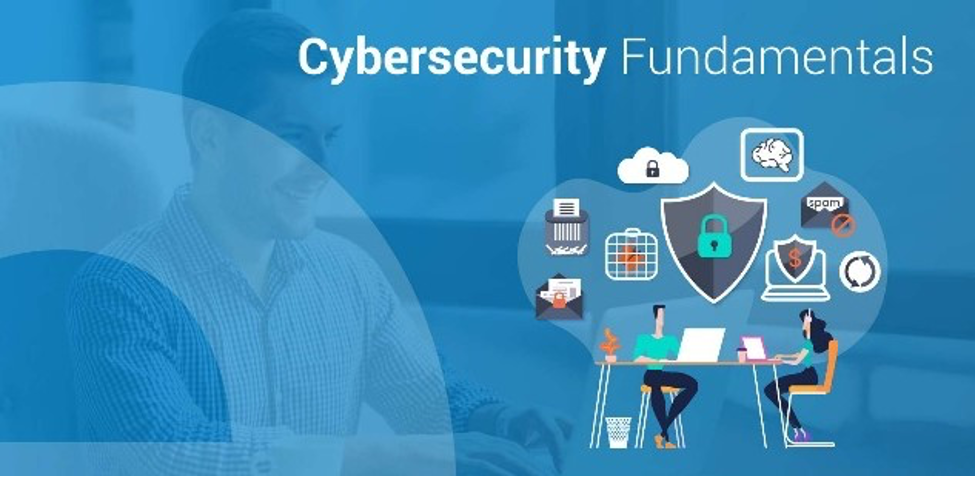In the 21st century both small scale, one-man businesses, and large enterprises, are all using IT systems for internal and external processes. Even if you are not selling online and conducting e-commerce, even your internal IT systems can be subject to a digital attack. In recent years the majority of cyber attacks and digital crime has been targeted towards small to medium scale businesses as they have a good amount of data and resources that can be stolen and very few cyber defense systems in place.
Most SMEs don't have any form of cybersecurity in place and are not only at risk on their own but also risk the safety of larger businesses that they are connected to. These are some of the most important things that you need to take care of to ensure that the digital aspect of your business is secure.
Vulnerability Management
Whether it is your local network, specialized software that you use for internal processes or the web-based services that you use, you need to be familiar with vulnerabilities and know how to address them. In most cases, developers will provide patches and fixes for bugs in their software, but this can take time, and while you wait you could be attacked. You should consider taking a more proactive approach and evaluate your systems on your own. If you can identify vulnerabilities in your system you might not have the resources to fix it yourself but you can take steps to defend yourself on that front and mitigate risks.
Configuration Management
Even solid software and well-tested equipment can be hacked and compromised if it is not set up the right way. Configuration exploits are one of the most common forms of attacks because system configuration is where a lot of people make mistakes and expose their systems to attackers. The best solution to configuration exploits is to have good security configuration management software in place that can rectify any configuration problems. Moreover, this will also help you implement various security standards if you want to.
IT/OT Systems and Asset Management
The main reason why businesses and even individuals are unable to protect themselves from digital threats is that they don't know what their assets are and how to safeguard them. If you can get your hands on a good IT asset management solution you can take a calculated approach to ensure your safety. Only through an evaluation of your hardware, software, and networking assets can you analyze what kind of defense will work best for you. When you are aware of your assets, regardless of whether they are physically present on the cloud, you can devise a solution that will protect each asset and collectively protect your entire organization. An overall evaluation is the only way you can minimize your digital footprint and properly protect weak areas of your infrastructure.
Security Policy
You can have the most complex security policy but it won’t do you any good unless it actually meets the needs of your company and is properly implemented. Moreover, your entire team should be familiar with the policy, the guidelines that you have set in it and should understand how to use the policy in day-to-day activities. Moreover, the security policy is something that is constantly changing and evolving to meet the changing dynamics of cybersecurity.
Lastly, if you make use of self-developed systems that can be effective to some extent but if you want to have bulletproof security which is both flexible and progressive your best bet is to make use of mainstream security standards. These might be a little complex to apply at first, but once you have them integrated, developing and evolving them further is much easier, not to mention they provide very comprehensive security and also make your company more attractive for other businesses to partner up with.



 714-333-9620
714-333-9620